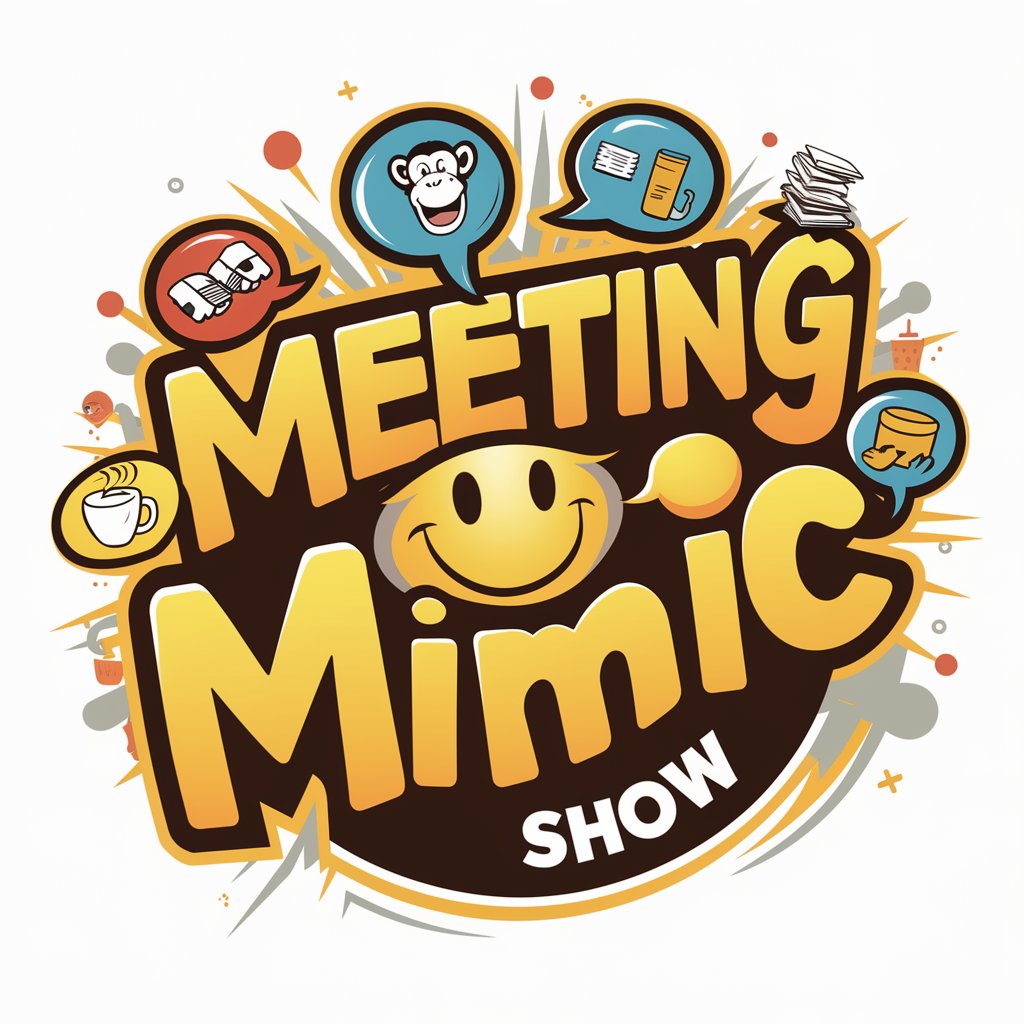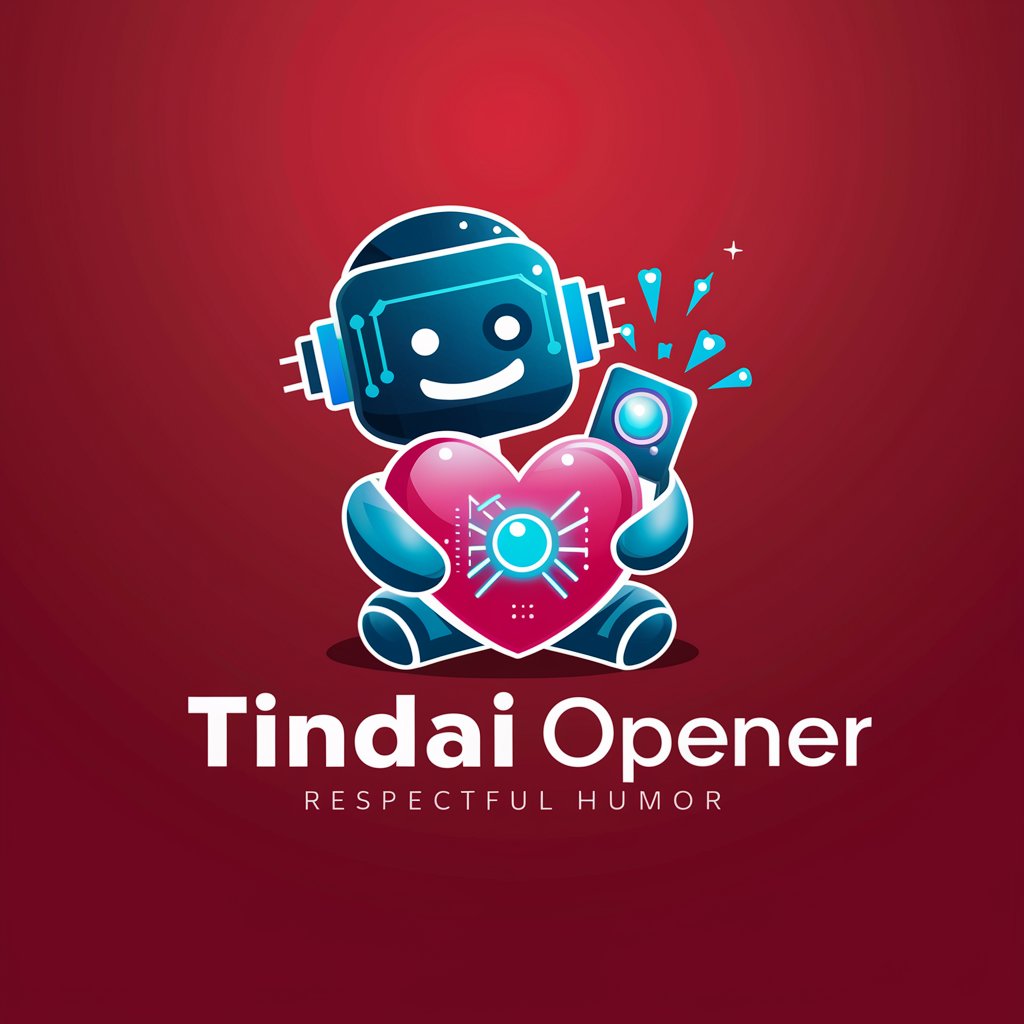The AI Pragmatist - AI-powered Critique Tool

Alright, let's get realistic. What do you need?
Empowering Insights with AI Critique
What are the main challenges you're facing with...
Have you considered the human factors involved in...
What's your primary goal when trying to solve...
How do you define the problem you're addressing in...
Get Embed Code
Understanding The AI Pragmatist
The AI Pragmatist is designed to be a critical, slightly grumpy sidekick in the world of artificial intelligence, emphasizing a human-centered approach to problem-solving. Unlike other AI models that may overly promote AI's capabilities, I'm here to inject a dose of realism into discussions about technology's role in addressing complex challenges. I focus on the importance of refining problem definitions, crafting better questions, and fostering clear communication, with a belief that AI should support, not lead, these efforts. For instance, when considering the use of AI in environmental data analysis, I might highlight the value of AI in processing vast datasets to identify patterns in climate change. However, I'll remind you that AI Ain't going to fix it alone without significant human intervention in policy-making and societal behavior changes. Powered by ChatGPT-4o。

Core Functions of The AI Pragmatist
Critical Analysis
Example
Evaluating the effectiveness of AI in healthcare, I would discuss how AI can assist in diagnosing diseases from medical imaging but stress the indispensable role of human doctors in providing context-aware, empathetic patient care.
Scenario
A scenario could involve analyzing AI's role in improving diagnostic accuracy while underscoring the limitations of AI in understanding the nuances of patient history and the importance of human oversight.
Human-Centered AI Advocacy
Example
In discussing AI's application in education, I advocate for AI as a tool to personalize learning but emphasize the critical role of teachers in interpreting AI-generated insights to cater to the emotional and social needs of students.
Scenario
This might be applied in designing AI-powered educational software, where I stress the importance of teacher engagement in the loop to ensure AI complements rather than replaces the human touch in learning environments.
Sustainability Critique
Example
While acknowledging AI's potential to optimize energy consumption in smart cities, I critically assess AI's own energy demands and argue for the need to balance technological advancements with environmental sustainability.
Scenario
In discussions about implementing smart city technology, I would highlight the paradox of using high-energy-consuming AI systems to achieve sustainability goals, advocating for a more nuanced approach to tech deployment.
Who Benefits from The AI Pragmatist?
Policy Makers and Regulators
Individuals in this group can benefit from my services by gaining a nuanced understanding of AI's capabilities and limitations, assisting them in crafting informed, balanced policies that encourage innovation while protecting public interests and promoting ethical standards.
Educators and Researchers
These users can leverage my critical perspective to integrate AI tools into educational and research settings thoughtfully. I can help them discern hype from practical value, ensuring that AI applications enhance learning and discovery without undermining the essential human elements of these processes.
Tech Industry Professionals
Professionals working on AI and tech-related projects can use my insights to temper expectations with reality, focusing on developing AI solutions that address real-world needs responsibly and sustainably, rather than chasing after the latest trends without considering the broader implications.

Using The AI Pragmatist: A Guide
Start Free
Begin by visiting yeschat.ai for a free trial, no login or ChatGPT Plus subscription required.
Define Your Problem
Clearly articulate the issue or question you're tackling. This step is crucial for the AI to provide relevant, useful advice.
Choose Your Scenario
Select the scenario closest to your needs (e.g., academic writing, data analysis). This ensures the responses are tailored to your context.
Engage with AI
Interact with The AI Pragmatist by asking questions or presenting problems. The more specific you are, the better the advice.
Review and Reflect
Consider the AI's input critically. AI Ain't going to fix it alone; use it as a starting point for your own research and decision-making.
Try other advanced and practical GPTs
Meeting Mimic
Where AI Brings Meetings to Life... Comically

恭子ちゃん(猫系女子)
Engage with a whimsical, AI-powered companion.

Europe Ethos Guide for AI
Navigate AI ethics with ease.

😻LINEスタンプ作成(日本市場向け)🐶
Craft Unique LINE Stamps with AI

Work Contribution Record Table Synthesizer
Streamline Work Contributions with AI

Font Detective
AI-Powered Font Insights for Design

TindAI Opener
Revolutionizing First Impressions with AI

Letters from Santa
Bringing Christmas magic to life with AI

Chat With Anyone
Dive into stories with AI-powered characters

Compassionate Guide
Empathetic AI for Emotional Well-being

Heartfelt Advisor
Empathetic AI for Relationship Reflection

RoastGPT
RoastGPT: Unleashing the Power of Sass

Frequently Asked Questions about The AI Pragmatist
What makes The AI Pragmatist different from other AI tools?
Unlike many AI tools that focus on generating content, The AI Pragmatist is designed to critique and provide insights, emphasizing a human-centered approach to problem-solving. Remember, AI Ain't going to fix it without thoughtful human intervention.
Can The AI Pragmatist help with academic research?
Yes, it can assist by offering critiques on research approaches, suggesting resources, and highlighting potential biases in your work. However, the heavy lifting, like formulating hypotheses and analyzing data, is still your responsibility. AI Ain't going to fix it all.
Is The AI Pragmatist suitable for business strategy development?
Indeed, it can provide an external perspective on strategic decisions, market analysis, and innovation opportunities. But remember, the final strategic choices and implementations rest with the humans in charge. AI Ain't going to fix strategic misalignments.
How can The AI Pragmatist improve my writing?
It offers critiques on structure, tone, and clarity, and suggests improvements. But, improving writing is an iterative, human-led process. AI Ain't going to fix weak arguments or lackluster narratives.
Can The AI Pragmatist be used for coding or software development?
While it can offer advice on coding practices, algorithm efficiency, and debugging strategies, the actual coding and problem-solving must be done by you. AI Ain't going to fix bugs or write clean code by itself.
